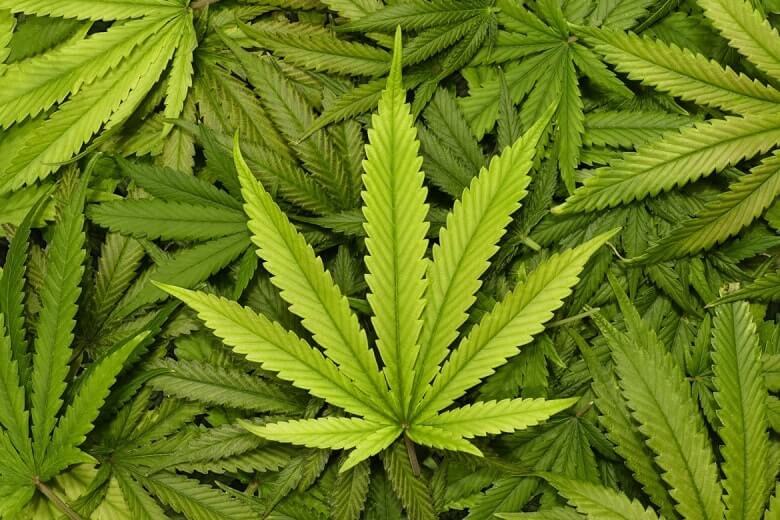A lot of countries and states have been legalizing marijuana. The count has reached 20 now. The legalization is backed up by the medicinal use of the herb and its recreational response when moderately consumed. This, though, is a very general argument for those who view marijuana as something illicit and hazardous. But the legalization has led the investigators to research more restorative uses of the drug, and its impact on the body. Right now, just 5% of the surveys are regarding the analysis of Marijuana and its medicinal characteristics.
Marijuana use is believed to have stemmed from China. Then it spread to India, followed by North Africa, and Europe during AD 500.
There is a minimum of 2 chemicals present in Marijuana, which researchers feel posses medicinal use. These are cannabidiol and tetrahydrocannabinol, as they have pain-alleviating character.
Here some more medical windfalls of marijuana that are lesser-known:
-
Alleviate the spreading of cancer cells
In an investigation publicized in the Molecular Cancer Therapeutics journal, it was discovered that Cannabidiol possesses the capacity to thwart cancer by stopping a gene known as Id-1.
Researchers of California Pacific Medical Center in 2007 noted that CBD could impede cancer growth. The investigators studied the cells of breast cancer in the laboratory, which had high Id-1 levels and medicated with cannabidiol.
The result was surprisingly positive, and the cells had diminished Id-1 volume. The cells even became less hostile in spreading. Albeit, the Cancer Research Association of America, discovered that marijuana really functions as a prohibitor of the brain, lungs, and breast tumors.
-
Thwart Alzheimer’s disease
According to a 2006 research led by Kim Janda at Scripps Research Institute, the active component, THC existing in marijuana hinders the Alzheimer’s advancement. THC hampers the construction of plaques of amyloid through blockage of the enzyme inside the brain. The plaques destroy the brain cells and lead to possible Alzheimer’s progression.
-
Treats Glaucoma
Marijuana is also helpful in the treatment of glaucoma that raises the pressure inside the eyeball, wounding optic nerve along with resulting in vision loss. According to the National Eye Institute, the herb reduces eye pressure.
Research during the 1970s exhibited that marijuana, smoking reduces intraocular pressure amongst people with natural pressure as well as glaucoma patients. All of this can prevent vision blindness.
-
Helps Arthritis
Experimenters noted that cannabis diminishes inflammation and induces sleep, which may help lessen pain & discomfort in people suffering from rheumatoid arthritis.
Rheumatology research departments in numerous hospitals gave Sativex to their patients, a painkiller made with Cannabis. Two weeks later, patients with Sativex showed a significant reduction in pain, as well as descent sleep quality when compared to placebo users.
-
Controls Epileptic seizure
Marijuana is also reported to control seizures of epilepsy. Robert J. DeLorenzo from Virginia Commonwealth gave epileptic rats extracts of marijuana as well as synthetic marijuana. The drugs halted the seizures in around 10 hours.
Studies also show that THC regulated epileptic seizures by constraining the cells of the brain that regulate excitability and supervise relaxation. The outcomes were broadcasted in the Pharmacology &Experimental Journal of Therapeutics.
-
Reduces multiple sclerosis pain
Marijuana endeavors to prevent unfavorable neurological consequences as well as muscle spasms induced through multiple sclerosis. A survey by the Medical Association of Canada indicates that Cannabis might lessen pain in multiple sclerosis.
Marijuana had been in Pharmacopeia of the United States from 1850 to 1942. It was specified for various medical practices like labor pain, nausea, and rheumatism.
Through years marijuana has come a long way in changing the perception of regulators as well as individuals. But where marijuana can be a very useful substance, it can also backfire its outcomes resulting in negative consequences. Hence a regulated use of marijuana is what is pertinent for all.
